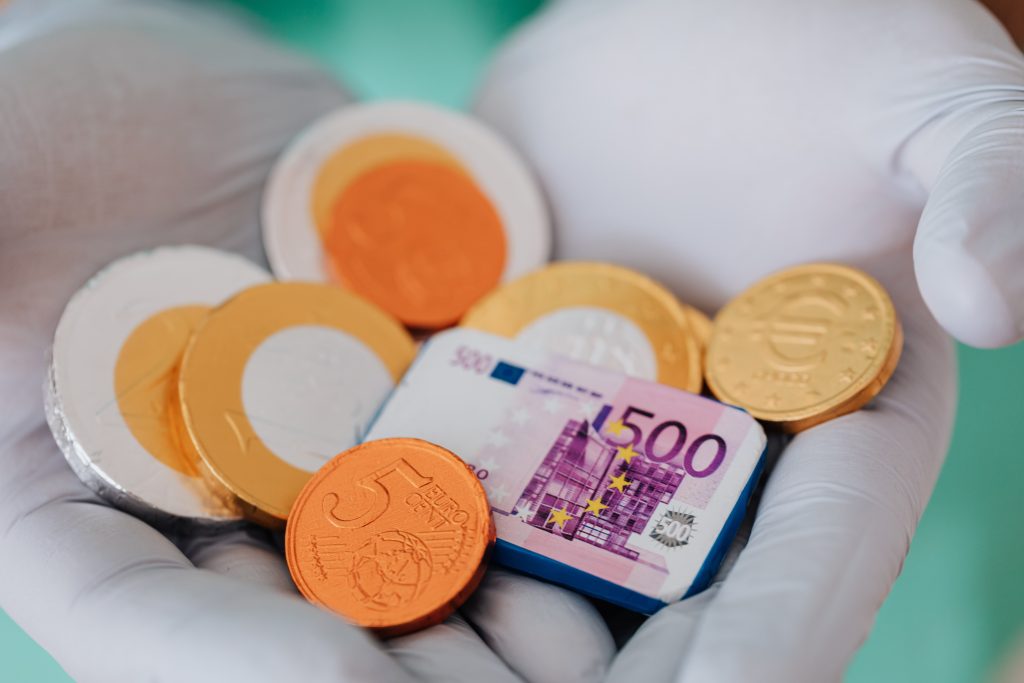As Poslovni writes, the difference in inflation for the ten percent of households with the lowest income and the ten percent of the strongest households in Croatia amounts to about five percent. Marina Tkalec, a senior research associate at the Zagreb Institute of Economics, recently presented the estimate.
Individually, she added, there are also households whose inflation is 30 percent. These are highlights from the second phase of a three-year research project on inflation inequalities in Croatia. She is working with two other colleagues, Ivan Žilić and Ivica Rubil.
After the first results were published less than a year ago, new findings on inflation inequality are expected to be presented this week.
The extent to which recent inflation trends affect different population groups differently and how low- and high-income households face different inflation rates due to differences in consumption patterns is also addressed by the international think tank Bruegel.
These days, they published a comparative image for the countries of the European Union with data for the end of last year. However, this overview does not compare deciles, but the fifth of households with the lowest incomes and the fifth of the highest-income households.
In short, Croatia fits into the prevailing pattern among EU members: households with low incomes face a higher rate of inflation than those with high incomes. There are opposite examples in the EU, with higher inflation for more affluent households, but there are significantly fewer of them, and they are mostly the most developed EU members, such as Sweden, Finland, and Germany.
According to Bruegel’s data, when it comes to inflation in Croatia, the difference between the lower and upper quintiles is less than two percentage points (1.86 pb). For the lower-income households, inflation at the end of last year was 14.55 percent, and for the higher-income ones, it was 12.7 percent. That difference may not look significant; however, there are considerable differences within these classes. The gap is mitigated to some extent by government interventions, especially in energy and food prices. In addition to that, it should be borne in mind that in order to influence inflation inequality, it is essential that the price of a specific consumption category changes and that it makes up a different share in the consumption baskets of low- and high-income households.
While, for example, a sharp increase in fuel price increases overall inflation, a household without a car will be less affected than one with a car or two. The same price increase has a different impact depending on the share of total household expenditure.
This is certainly the case with average food prices, which have risen by a fifth annually, and have a much larger share in the expenses of poorer households than in wealthier ones. The same applies to housing, electricity, heating, and water costs. However, the impact of price increases on transportation items is the opposite.
Households with high(est) incomes are more exposed to price increases for these services and goods (vehicles, fuel, maintenance, repairs). This is because they drive and travel more, often have more cars, and buy them more often, so their share of these expenses is many times higher than the lowest-income households (often without a car, relying on public transport).
For the same reasons, for example, the annual increase in the prices of clothing and footwear has a mitigating effect on the inequality of inflation; although price increases were smaller there, this category has a significantly larger share in consumption expenditures among households with high(est) incomes.
According to Bruegel’s calculations, the difference in inflation in Croatia in the observed income classes is significantly smaller than in several countries where inflation is around 20 percent (Lithuania, Latvia, Hungary) and in Bulgaria, Romania, or Slovakia. In Latvia, for example, this difference is 7.6 points. At the same time, in the Czech Republic, Poland, and Slovenia, this measure of inequality is slightly lower than in Croatia.
Habits, circumstances…
In periods of high inflation, few households will recognize themselves in the official figure. In addition to the level of disposable income, the question of consumer habits, preferences, and other life circumstances is also important. Similar to average and median wages, higher-income households have a larger share in official inflation. “At that level, every kuna spent, and not every household, holds one vote,” emphasizes Tkalec. The diversity of the spending structure is usually read in the CBS Household Consumption Survey.
According to the distribution resulting from the last available Survey conducted in 2019, ten percent of those from the lowest income bracket spend 40 percent on food and non-alcoholic beverages, while the top ten have half the share. There is a similar gap in housing, electricity, heating, and water costs; for the lower decile of households, 30% of expenses go to them, and for the upper decile, slightly more than 15%.
In contrast, in the basket of the best-off ten percent, ten percent is spent on clothes and shoes, and an average of only three percent in the bottom decile. The difference is much more pronounced in the share
ma transport costs; They take 1.4% from the poorest tenth (for many, only public transport), and for those from the top decile, this item makes up almost 16%.
All in all, the poorest ten percent (retired, single households) spend 70% on food and utilities, and the top ten spend less than a third on average.
Uncertainty and risks
However, even for those halfway between these classes, the “real” inflation is slightly higher than the official 13.1% for December. Everything indicates that the slowdown will be less than was calculated until recently. There are also some potential “distractions” on that track. Željko Lovrinčević from EIZ sees several of them in the coming months. One is the EU embargo on diesel imports that comes into effect on February 5.
At the beginning of March, spring sowing begins with accompanying questions (prices of diesel, fertilizer, planting material). A month later, it remains to be seen what the new framework will look like after the end of the period during which the Government limited the prices of some energy products to consumers. Finally, he says, certain uncertainties and risks in terms of prices are usually associated with the beginning of the tourist season.
For more, make sure to check out our dedicated News section.












